For the circuit below determine
a) the current I,
b) the voltage \$ V_R \$ and
c) the voltage \$ V_o \$ across the current source
Note: VR should be V subscript R and the case is the same with Vo.
The diagram above is from a set of lecture notes and the accompanying questions were never covered in class. I'm been sitting with problem for a while and getting nowhere.
KVL gives $$ V_o - V_R -24V = o $$ but from here I'm lost.
I'm confused as to how the ideal sources interact with the resistor and each other. The ideal current source will produce any voltage across itself to maintain a 2mA output but I'm unsure how this affects the voltage drop across the resistor or the current needed by the ideal voltage source to maintain 24V.

